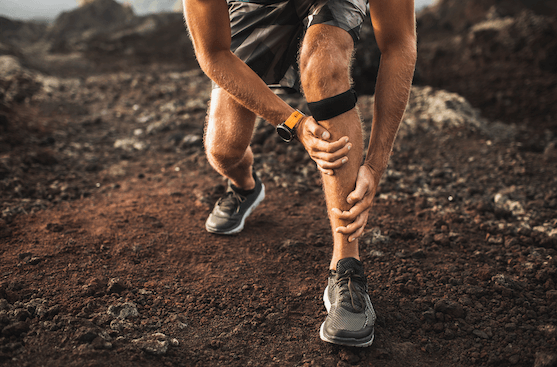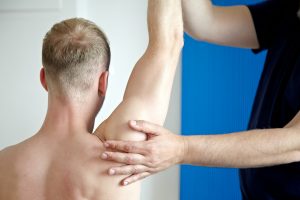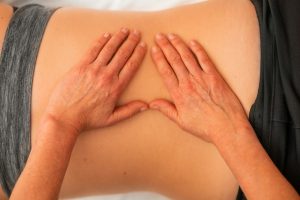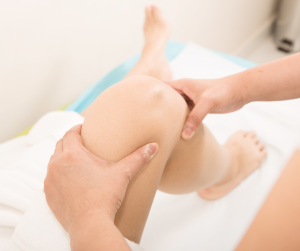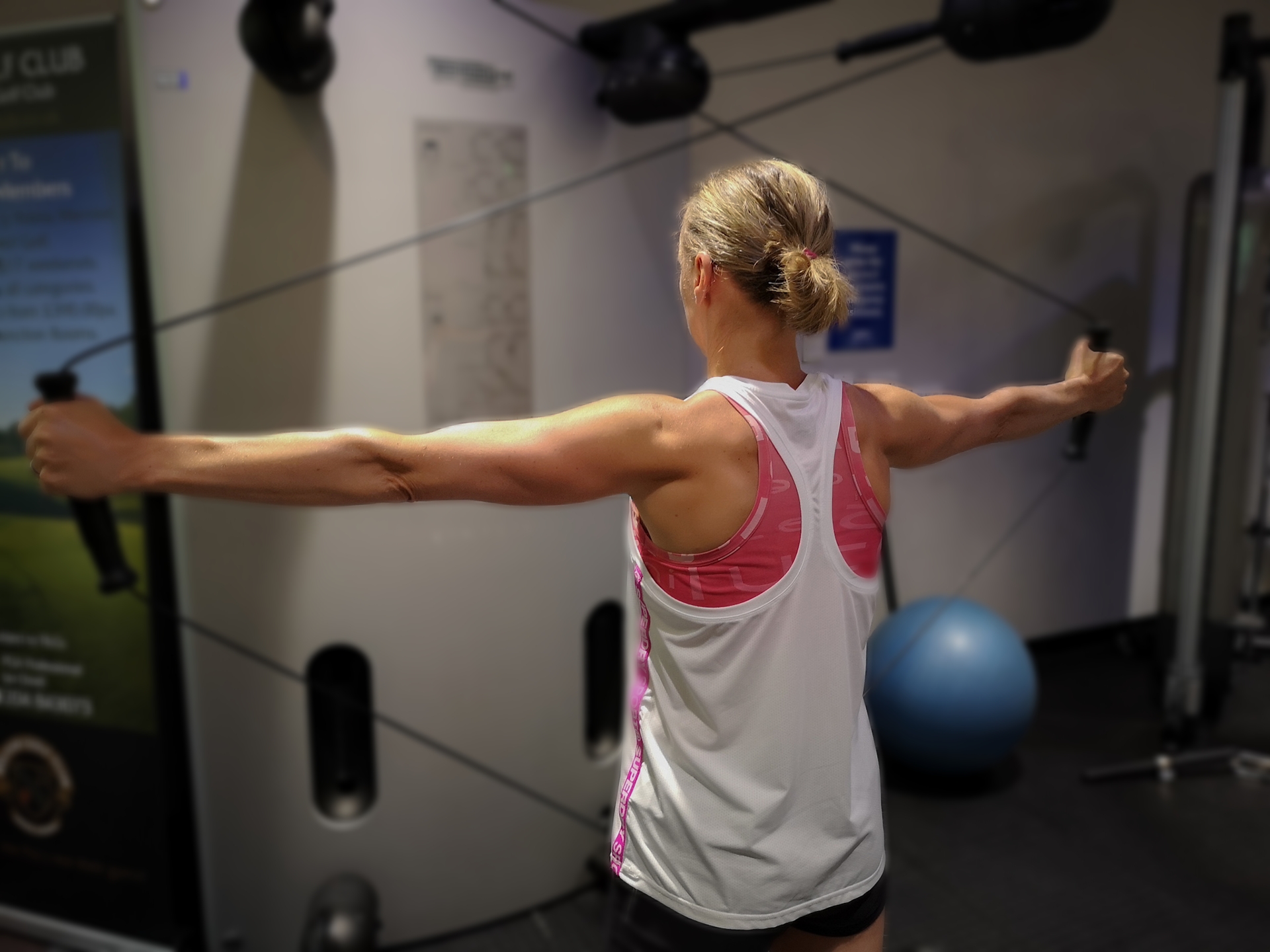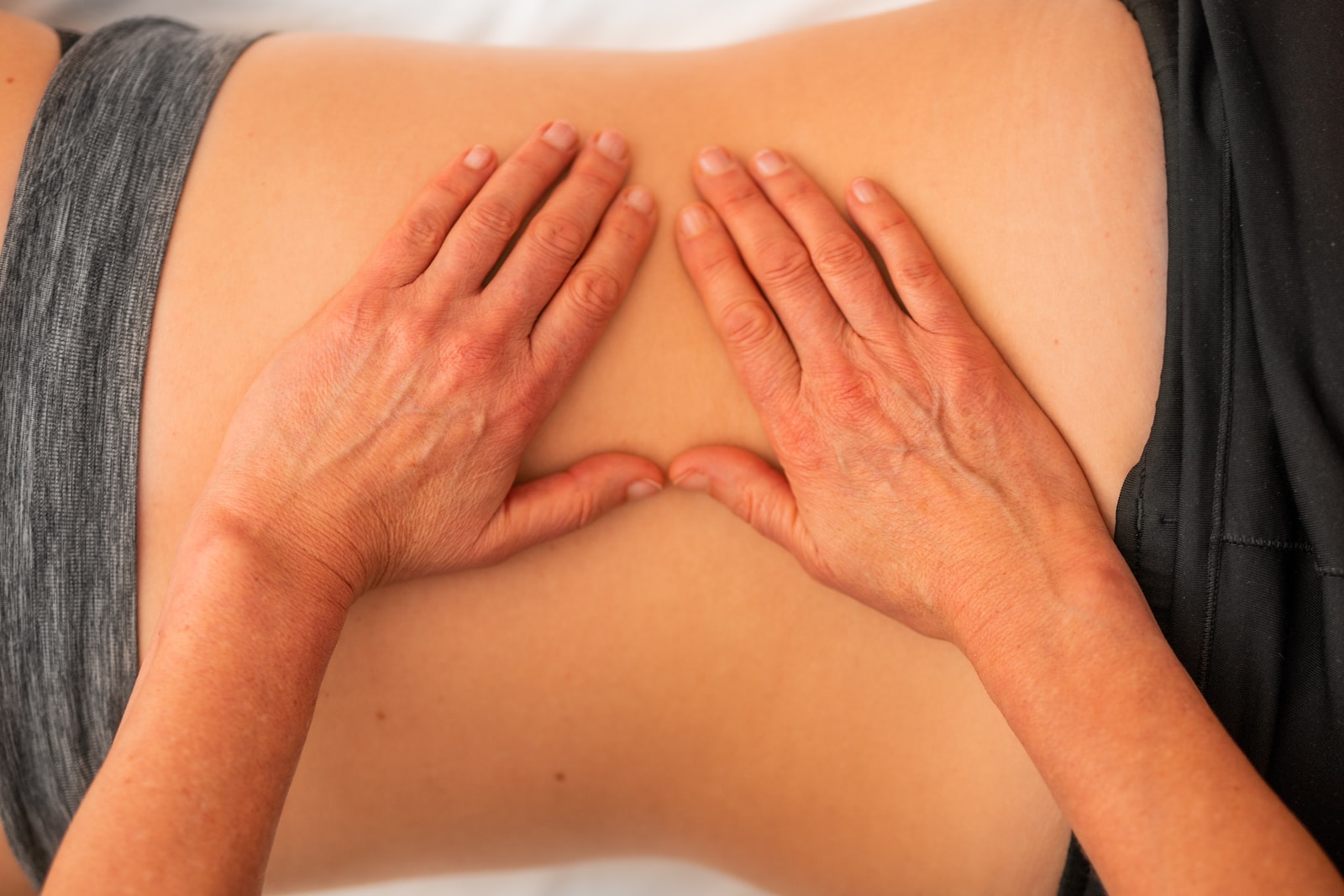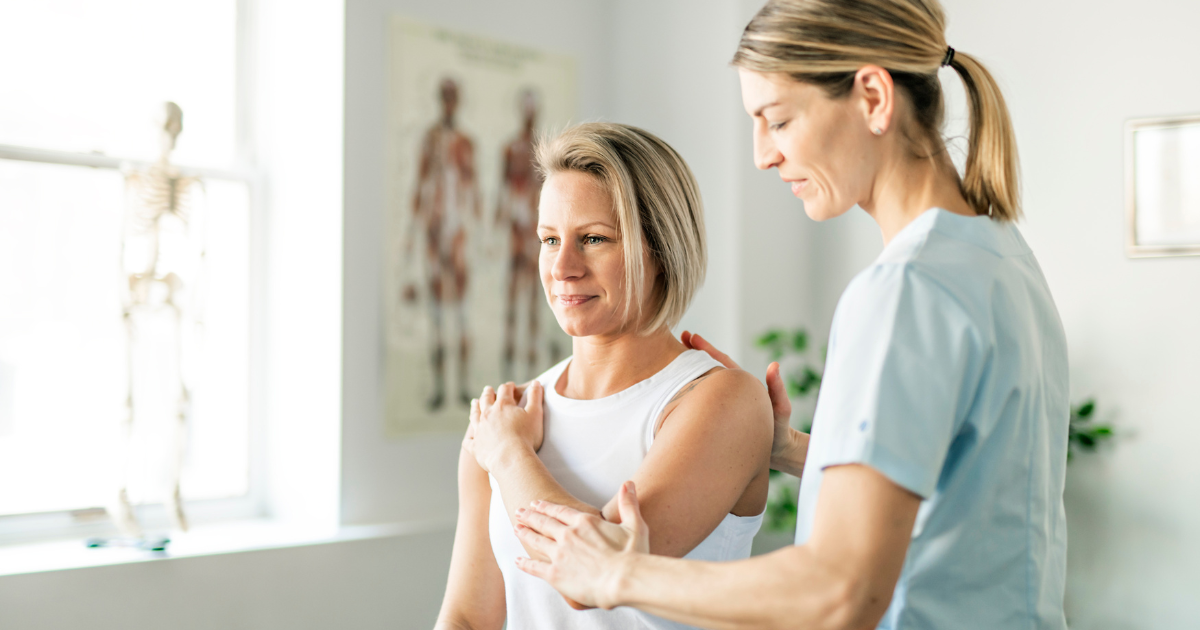Achilles pain after running
Gaining Achilles pain after running can give us a dilemma; it hurts to exercise, but we’re told that we need to exercise to help it to recover. So where do we start?
It’s true that it can be uncomfortable to exercise with a sore achilles, but we can’t let that stop us from getting on with life. Some discomfort with exercise like walking or jogging is normal – the way it reacts afterwards is how we judge if we’re on the right track.
If symptoms are manageable during exercise, and recover within an hour or two afterwards, this is generally okay and gives us a point to build up from. If pain lasts longer than a few hours afterwards, or continues until the following morning, this can be a sign that we’re pushing a bit too hard.
We can use this as a guide to make sure we’re exercising at an appropriate level. When combined with some good rehab, this means we can continue to do things we enjoy whilst we’re getting better.
A member of the Summit team can help to guide you through this process, getting you back to your best without having to make too many sacrifices!
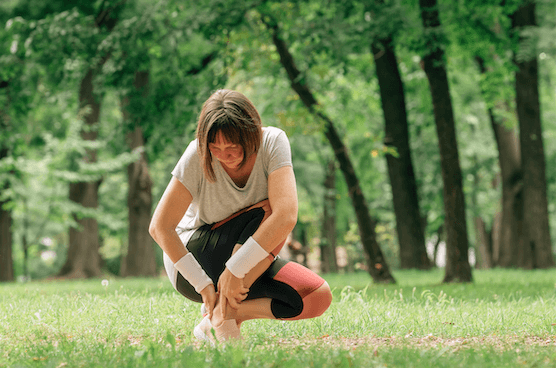
The forces certain activities have on your Achilles
When we’ve had an Achilles injury, it can be difficult to know when we’re ready to get back to doing things we enjoy. So how do we judge where we’re up to with our rehab?
The Achilles is an extremely strong and robust structure, working a bit like a spring in our leg – it stores and then releases energy as we move. Although this is great for movement, it does mean that large forces go through our tendon, so we need to make sure we prepare it for these forces during our rehab.
To give you an idea of how big these forces are, here are a few examples from everyday activities. These numbers are shown as percentages of our bodyweight, and are taken from a research study by Baxter et al. (2021)
Walking – 3 x bodyweight
Running – 5-7x bodyweight
Forward Hop – 7.3x bodyweight
High-Speed Running – 7-12x bodyweight
As you can see, these forces are huge! So, during your rehab, a member of the Summit team will guide you through a rehab journey that prepares your tendon for these demands.
A common question that we get asked when working with clients with an Achilles injury is ‘when can I start running again’? As always, the answer isn’t always a straight-forward one.
Returning to running after Achilles pain
If you’re already running, we’re always keen to keep you going (at some level) without worsening your symptoms. However, this isn’t always possible and sometimes we need to build up to being able to run again.
The forces involved in running can be very high; in many cases, the Achilles can experience 5-7 times’ our bodyweight! So, to get ourselves back to running, our rehab needs to meet these demands.
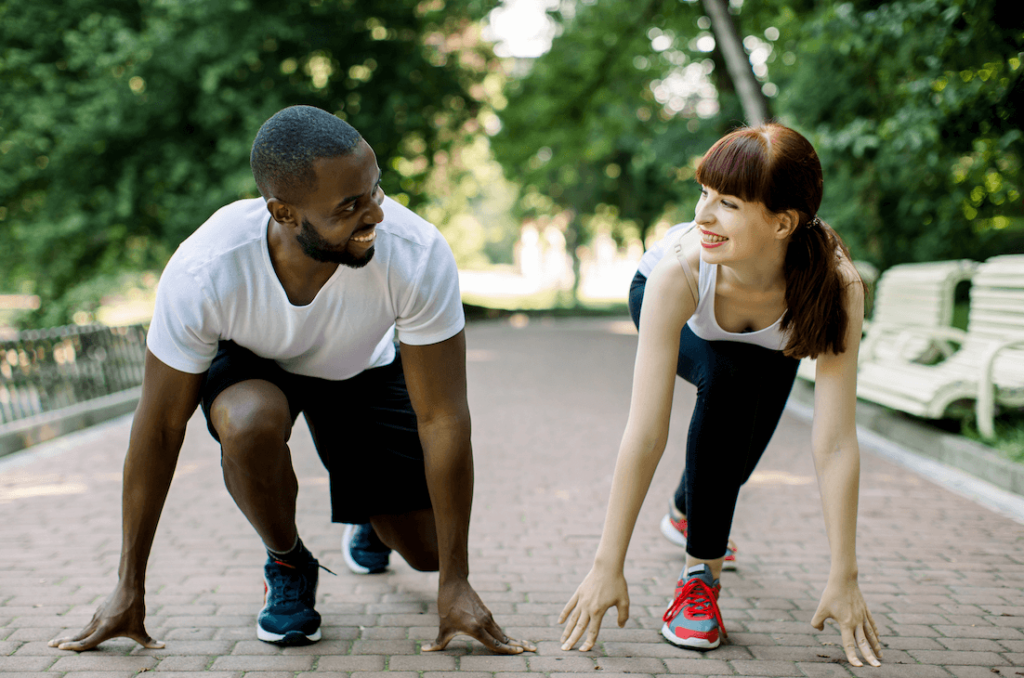
We start with weighted exercises, giving you some extra challenge above your bodyweight. When the tendon can tolerate this, we start introducing bigger forces by making things more dynamic – jumping and skipping would be simple examples.
When our Achilles can handle jumping, we can progress to jumping on one leg, like a hop. Movements like hopping can produce forces that come close to those involved in running, giving us a better idea of how the Achilles will cope.
When we reach this check point, we can start slowly reintroducing running. This process can take some individualised coaching and guidance: luckily, we’re here to help!
In the early stages, the journey will be similar: we let the tendon settle down before starting to build up strength and robustness. If your sport is running, this might be a good proxy to get you back on track.
However, the demands of sport and slightly different, and we need to prepare for this in our rehab. In addition to this, if we’ve had some time off from sport, we also need to make sure we condition the rest of the body to try to protect against other injuries when we return.
This means including exercises that work the major muscle groups that we use in our sport, using appropriate loads and similar positions in our rehab. We also need to consider other factors, like changes of direction, stopping and starting, and reacting to other players or competitors.
Finally, we want to make sure our return to action is sensible and doesn’t happen too quickly. After a period away from sport, it’s advisable not to go straight back into full sessions all at once. Consider joining in progressively and working up over a few weeks.
If you need some guidance getting back to your sport, book an appointment with one of the Summit team.
For more information, you can find our other blogs here, and if you are looking for help with your own injury rehabilitation you can email us at getmebetter@summitphysio.co.uk or ring us on 0800 731 2738
